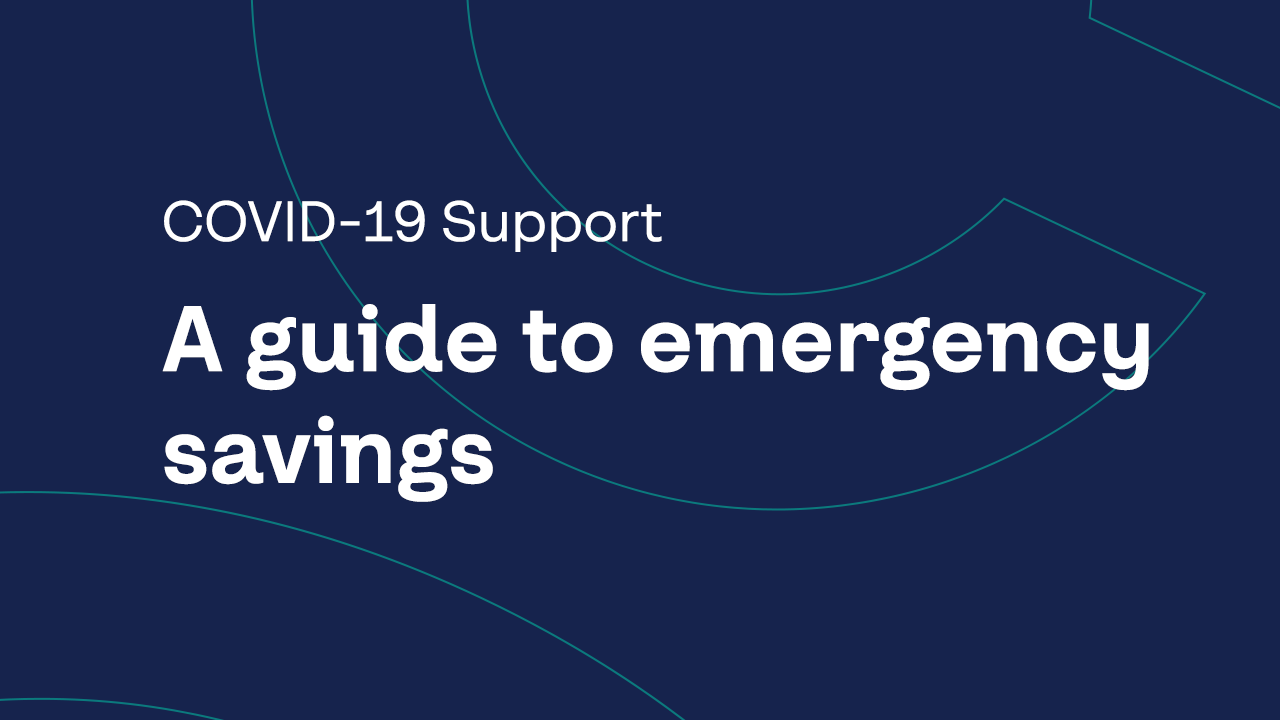There are ways to successfully invest for retirement, but the path to financial security is not without risk. From unpredictable market performance to inflation concerns, knowing exactly how long your retirement savings will last would take the work of a crystal ball. But, understanding one often overlooked risk—called the sequence of returns risk—could help you weather the ups and downs.
Two factors play a major role in the sequence of returns risk and determining the longevity of your portfolio for when you’re ready to retire. The first is how your savings are invested—the mix of what you put into low-, medium-, and high-risk assets. The second is the order in which you withdraw those funds. If the stock market performs poorly at the beginning of your retirement—which is the time you start taking ongoing withdrawals—the downward pressure of that decline on your savings could impact what remains and shorten how long your nest egg will last.
Here’s a breakdown of how the sequence of returns risk works and ways to address it.
What is the sequence of returns risk?
The sequence of returns risk describes the possibility that poor stock market performance can lower the value of investments you use for retirement income, leaving you with less to draw on in the future—even if better-than-average returns happen in later years. This is the key risk to know with the sequence of returns, because you may need to sell assets at a loss to come up with cash for your income. This will affect how much cash you can withdraw as you proceed through retirement.
What’s at the heart of it is knowing how the timing of a stock market dip could hinder your retirement income plans. If you’re well into your retirement, a decline in value won’t have so great an effect on your long-term plans. However, if you’re just starting your retirement journey and beginning to withdraw funds, that dip can have compounding effects that may last the rest of your years. Also, the opposite could be true, and market gains later on could change the value of your portfolio and the longevity of your funds as well.
The good news is, there are ways you can mitigate this risk. However, withdrawal rates can be a very personal decision. So the process starts with understanding your varying risk potential taking a good look at withdrawal rates and timing and, most importantly, managing your options upfront.
What is the 4% rule and why should I follow it?
For a simplified example of a sequence of returns risk, put yourself in the shoes of a new retiree in the year 1926. The Crash of 1929 is just around the corner, but the markets—for now—are riding high. This is the Jazz Age and stocks are where people make their fortunes. It’s also where you are making your retirement income. So, in light of everything you know is about to come, do you think your portfolio could survive for 30 years? What about 50?
In fact, it can. That’s what financial advisor William Bengen discovered after looking at retirement portfolio withdrawals from 1926 to 1976. Bengen dubbed this drawdown method the 4% Rule, and it can minimize the sequence of returns risk. Its premise is simple: In your first year of retirement, look to afford to withdraw 4% of your total savings as income. For every year after that, you can adjust the amount you withdraw in line with the rate of inflation. Even under the weight of the Great Depression, your withdrawals should keep you covered for decades. It’s been shown that historically, in the worst-case economic scenarios—which in turn prompt the worst sequence of returns—retirement portfolios survived for at least 30 years and most 50 years or longer.
Why is flexibility important with the 4% rule?
It should be noted, however, that in the latest news on the 4% Rule, even William Bengen recently suggested the rule needs revising. He has since changed his recommendation. His original paper was based on just two asset classes—intermediate-term treasury bonds and large-cap stocks. He has since concluded by tacking on a third asset class, small-cap stocks, investors could safely withdraw as much as 4.5% annually. So while Bengen’s rule is not perfect, it is a solid place to start.
Aside from that variation, there are also other factors to look at that should go into your decision-making around withdrawals. There is the fact that it can be hard for many retirees to pay living expenses with only a 4% withdrawal strategy to start. The other issue is that if you can do it comfortably, the Rule may leave you with more substantial assets at the end of your life than you anticipated. While this scenario may sound good, you may have robbed yourself of the rewards of retirement—travel, relocation, a second act—in your early years when those pursuits are more feasible. So, what comes next are some ways to balance these considerations.
What else can I do to manage the sequence of returns risk?
As long as you draw an income from your investments, there will be risk. However, while there are no ways of removing the risk entirely, you can actively manage it. Start off by making sure you understand and are comfortable with the risk in your portfolio. Review your asset allocation and risk profile.
If you are looking for additional ways to protect yourself, take a look at your retirement savings and see what it’s invested in. You can better manage the sequence of returns risk by making sure you have sufficient funds—usually three to five years’ worth of anticipated spending needs—stored away in secure assets, including cash and GICs as well as lower-risk assets mutual funds—and not just higher risk assets, such as long term bonds and equities and the mutual funds or exchange-traded funds that own them.
This “bucketing” strategy may allow you to ride out a short market downturn by drawing on secure assets first. Using cash allows your invested assets to recover from any downturn in the market. You can also put some funds aside so you don’t have to draw from the securities in your portfolio when the market dips. (You’ll want to avoid having to sell in a down market.) And, a bucketing strategy works whether you want to calculate for inflation or not.
Having some guaranteed income streams such as your fixed government or private pensions can assist. Lastly, saving a portion of your investments in annuities is another solid option. They’re safe investments that pay you a fixed sum of money annually.
Need more guidance?
Getting proven financial advice from a partner you trust can also help you better understand the sequence of returns risk. When you’re a Coast Capital member, we’re with you every step of the way. For over 80 years, we’ve been a trusted partner for our members. The more we understand you personally, the better we can help you create the real life you want today.
To find out more about the sequence of returns risk and feel more confident about your retirement plans, book an appointment online visit a Coast Capital branch, or call 1.888.517.7000.

Coast Capital Savings Federal Credit Union provides advice and services related to deposit, loan, and mortgage products. Coast Capital Wealth Management Ltd provides investment and financial planning services. Coast Capital Financial Management Ltd. provides advice and services related to segregated funds, annuities, and life insurance products. Worldsource Financial Management Inc. provides advice and services relating to mutual funds. Mutual fund values change frequently, and past performances may not be repeated. Commissions, trailing commissions, management fees, and expenses may all be related to mutual fund investments. Important information about mutual funds is contained in the relevant fund facts and simplified prospectus. Please read the fund facts carefully before investing.
The stuff we have to say.
This article is provided for general information purposes only. It is not to be relied upon as financial, tax, or investment advice or guarantees about the future, nor should it be considered a recommendation to buy or sell. Information contained in this article, including information relating to interest rates, market conditions, tax rules, fees, and other investment factors is subject to change without notice and Cost Capital Savings Federal Credit Union is not responsible for updating this information. All third-party sources are believed to be accurate and reliable as of the date of publication and Coast Capital Savings Federal Credit Union does not guarantee the accuracy or reliability of such sources. Readers should consult their own professional advisor for specific financial, investment, and tax advice tailored to their needs to ensure that individual circumstances are considered properly and action is taken based on the latest available information.



